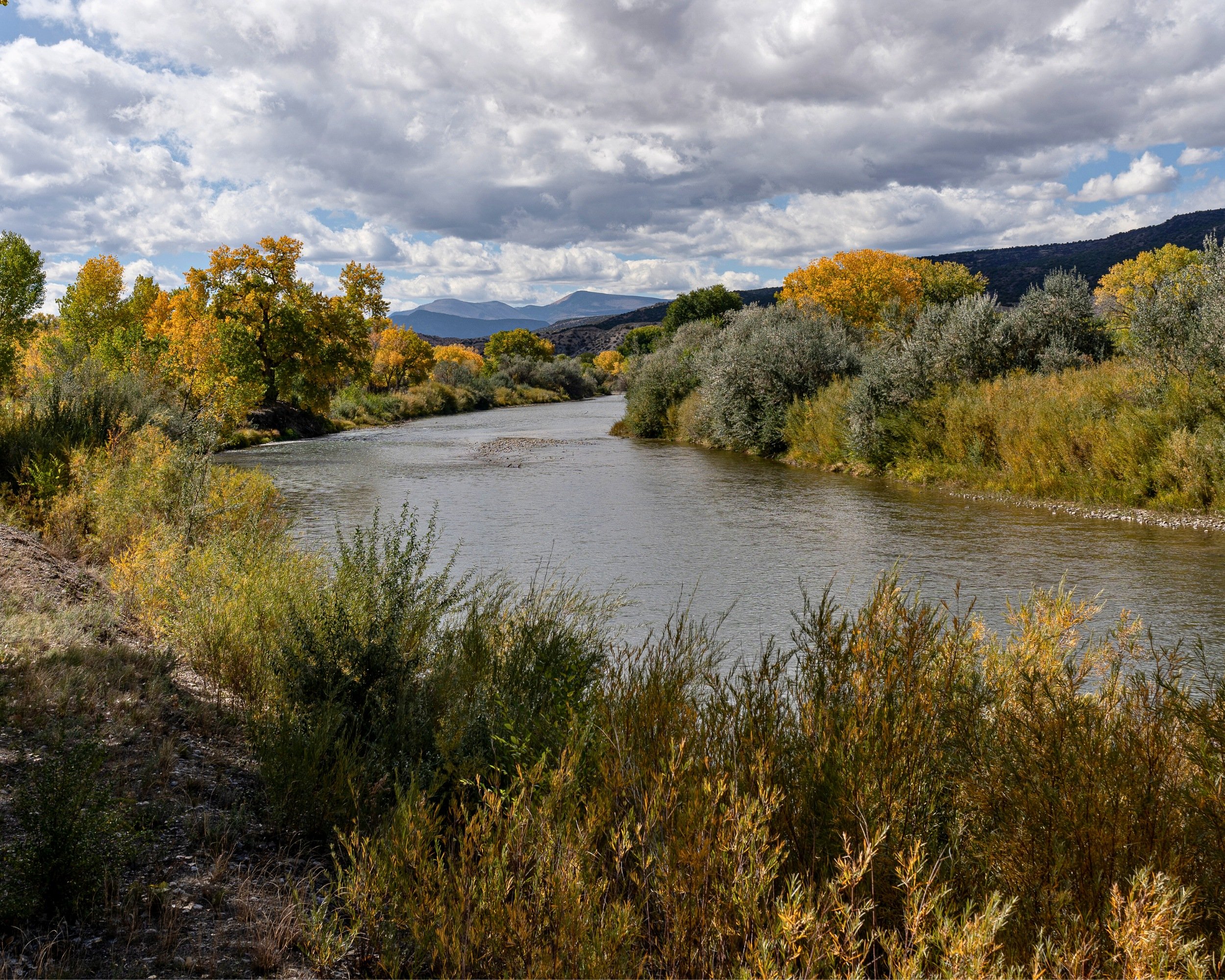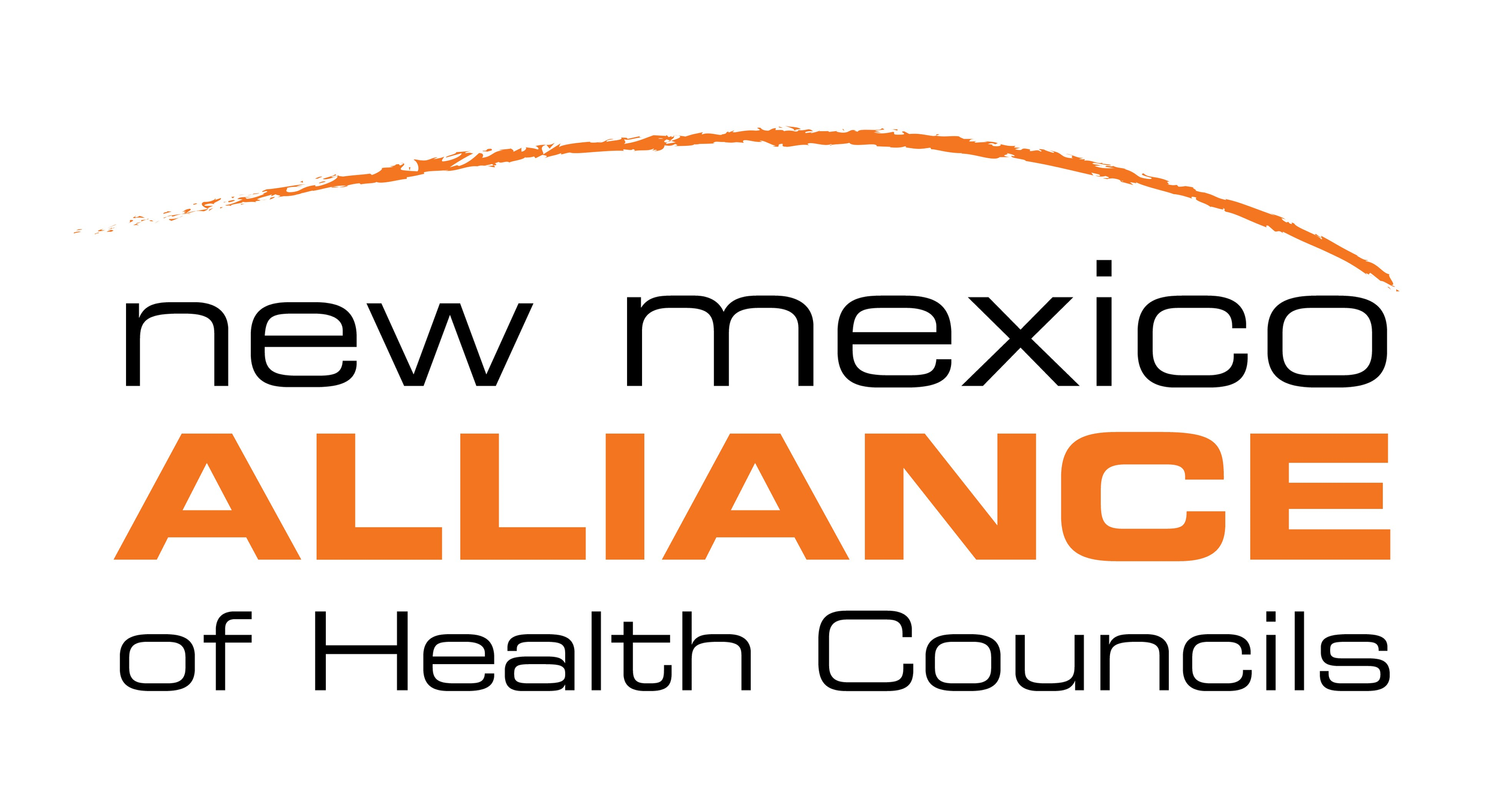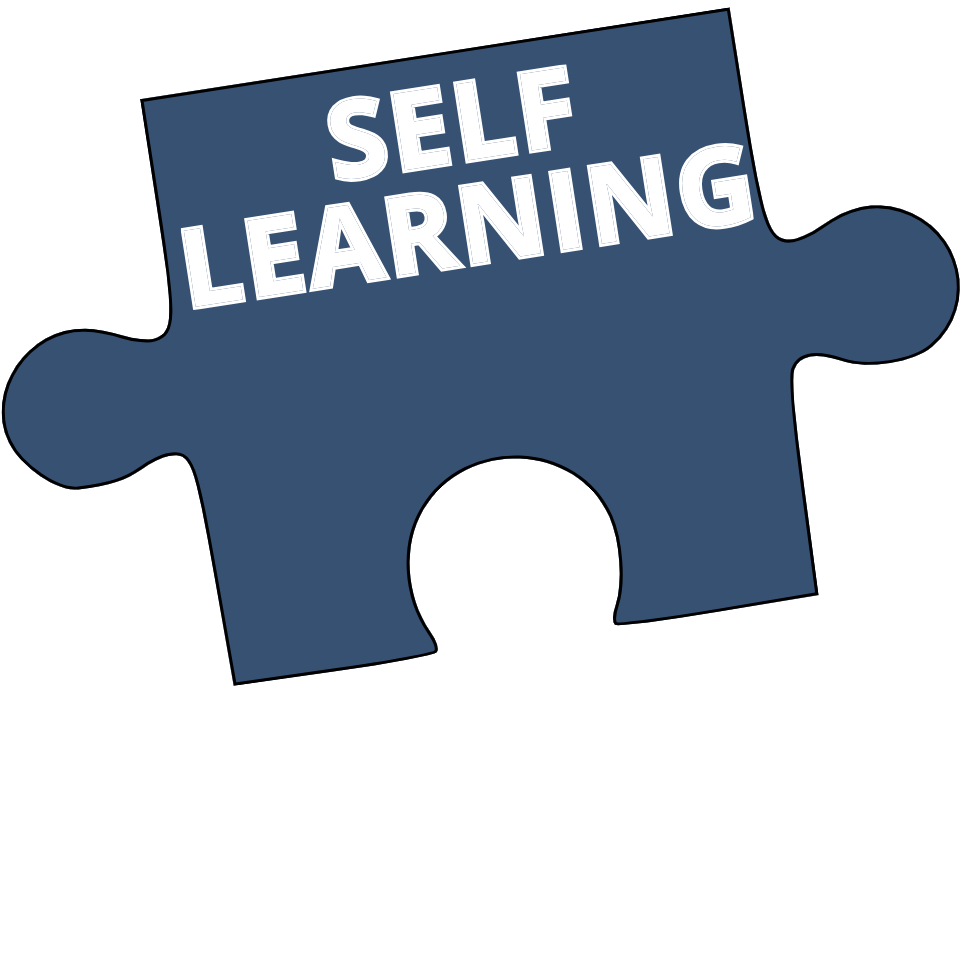
Rio Grande, Alcalde, Rio Arriba County
The intent of all of this work is on creating an actionable land acknowledgment - one that helps shape your work in improving health outcomes in your community and across the state. A key element to advancing equity and improving health outcomes is by creating culturally relevant initiatives and programs.
What does it mean for a service/program to be ‘culturally relevant’ or ‘culturally responsive’? It’s more than being aware of or sensitive to the participants’ unique cultures and values. Truly effective programs are designed through examining the history, beliefs, and values of the communities being served and by using that knowledge to shape the program.
This part of the Toolkit includes examples of effective programs created by and fore Native communities as well as information and resources for transformational systems change. Specifically:
Swinomish Indian Tribal Community’s Response to Opiod Epidemic
Northwest Portland Area Indian Health Board’s Canoe Journey and We R Native programs
Native Governance Center’s Tribal Civics: A Guide to Fostering Engagement
Links to additional resources
Annie E. Casey Foundation Resources for Championing Change and Centering Racial Equity
ADVOCACY
The majority of tribal lands are in the northwest corner of the state. The Health Councils from counties that do not currently have tribal lands may be wondering how you will utilize what you have learned about the people and history of this land. While much of your work is centered on the people living in your community, you can be advocates for sovereign nations and displaced people in your advocacy and policy work. Transformative change at the state level will require the voices of people from across the state.
Also, by making your land acknowledgment a core value, your advocacy will work at the community level. By changing how you speak on issues by including the stories of indigenous people, you will be changing the attitudes and ideas of others in your community. This will reduce the harm caused through implicit bias. The work of undoing hundreds of years of racism and violence will not often be through action that creates immediate change. This level of advocacy won’t produce immediate improvements in health outcomes, but the change in attitudes and beliefs will ripple throughout the community, creating lasting change.
SUCCESSFUL INITIATIVES & PROGRAMS
CULTURALLY RELEVANT
When you have programs that are designed by utilizing the history, beliefs, and values of the communities being served, it means there will be programs that work well for one community but not others. But the program structure might be replicated or they might inspire ideas that will work for your community.
Here are a few examples of successful programs and initiatives developed by and for Native communities.

TEWA WOMEN UNITED
Located in the ancestral Tewa homelands of Northern New Mexico, Tewa Women United is a multicultural and multiracial organization founded and led by Native women. The name “Tewa Women United” comes from the Tewa words wi don gi mu which can be translated as “we are one” in mind, heart, and in the spirit of love for all.
Tewa Women United started in 1989 as a support group for women from the Pueblos of the northern Rio Grande concerned with the traumatic effects of colonization, religious inquisition, and militarization leading to issues such as alcoholism, suicide, domestic/sexual violence and environmental violence. In the safe space we created, we transformed and empowered one another through critical analysis and by embracing and reaffirming our cultural identity.
The values of TWU are:
A’Gin – respect for self and others
Wina ta yay – Together we live these values
Seegi ma vay i – Loving, caring for each other
Kwee-wa seng-wa vi tuu – female/ male energy – ancestral knowingness
Nung Ochuu Quiyo – Our Mother, Mother Earth, multi-versity
Bin mah pah di – Letting go
Wowatsi – Our breath, our prayer, commitment to live life with purpose and good intentions
TWU programs focus on Environmental Justice, Reproductive Justice, Gender Justice, and Healing Justice.
Their Healing Justice program encompasses intergenerational and healing-centered community projects such as Sayain (Circle of Grandmothers), Towa Bi Woh (Barrio Remedios), as well as other initiatives to nourish and care for frontline care providers and activists.
Their Environmental Justice program includes the Española Healing Foods Oasis, an initiative that invites community members to transform a barren slope in downtown Española into an edible food garden utilizing traditional dry-land farming techniques and permaculture principles. The Healing Foods Oasis is part of TWU’s vision to end all forms of violence against women, girls, and Mother Earth. It’s facilitating reconnection to the plants, water, air, and all the elements.

SWINOMISH INDIAN TRIBAL COMMUNITY RESPONSE TO OPIOD EPIDEMIC
On the surface, the Swinomish appear to be completely different from the Native Nations of New Mexico. The Swinomish Reservation is home to a community of Coast Salish peoples that descended from tribes and bands that originally lived in the Skagit Valley and Samish River Valley, located at the most northwestern point in the continental U.S., just south of Vancouver. They live in a verdant valley close to the ocean. Their symbolism includes salmon and orca. But there are are also parallels in and similarities in the value they place on community cohesiveness, mutual aid, and protecting the environment.
As said in the abstract for this research paper:
“The Swinomish Indian Tribal Community developed and implemented a climate change health assessment founded on values-driven data. Successfully eliciting, structuring, and ultimately summarizing community values were achieved by incorporating tools and techniques from western disciplines (e.g., decision science, behavioral research) with local indigenous ways of learning and sharing. Results demonstrate that the assessment meaningfully engaged community members and effectively added their knowledge and values into the decision process. The assessment results protect and strengthen Swinomish community health and well-being by elevating health priorities, focusing limited energy and resources, ensuring that community members and others are working toward common goals, and establishing agreement around intended outcomes/results.”
didgʷáličWellness Center
The result of the Swinomish efforts includes the Didgʷálič Medical Center which opened in 2017. The Swinomish community has been plagued by the opiod crisis. This center provides out-patient treatment services for tribal members as well as non-native individuals suffering from substance use disorders and behavioral health issues. The Center is one of the only programs in the nation to holistically combine a unique set of services into one facility, and the only tribal center to do so.
The services offered at thje clinic include:
Substance Use Disorder (SUD) Counseling
Mental Health Counseling
Psychiatric Medication Management
Primary Medical Care & Telemedicine
Video conferencing for counseling sessions
Gambling Counseling
Medication Assisted Therapies (Suboxone, Vivitrol, Methadone)
DUI/Deferred Prosecution
Client Support Services
Free Transportation
Onsite Child Watch
Case Management & Referrals
Onsite Security
Transitional Housing
Dental
Medicaid, Private Insurance, and Cash/Credit Card Accepted
They work closely with each patient in a team setting to assist them with the resources needed to sustain a life of recovery. Everyone involved with a particular patient communicates with one another to ensure that patient has the support they need.

NW PORTLAND AREA INDIAN HEALTH BOARD
WE R NATIVE YOUTH ENGAGEMENT CAMPAIGN
One of the campaigns implemented by the Northwest Portland Area Indian Health Board is We R Native. We R Native is a multimedia health resource for Native youth, by Native youth.
The service was designed using behavior change theory and extensive formative research with AI/AN teens and young adults across the U.S. We design our health messages to address the social, structural, and environmental stressors that influence adolescent health; with particular focus given to the prevention of suicide, bullying, STDs, teen pregnancy, and drug and alcohol use.
We R Native is a multimedia health resource for Native teens and young adults. The service includes an interactive website, a text messaging service, a Facebook page, a YouTube channel, a Twitter account, and print marketing materials. Special features include monthly contests, community service grants ($475), an “Ask Auntie” Q&A service and medically accurate information reviewed by experts in public health, mental health, community engagement, and activism.
CONOE JOURNEY/FAMILY
Alcohol, Tobacco, and Other Drugs (ATOD) Prevention
Canoe journey is a metaphor for the journey of life. The model has evolved over several years of working with Native American community members. It incorporates culture, wellness, and creative expression for Native American men, youth, and women. Cultural education provided by tribal members and based in one’s own tribal history, language, ceremonies and traditional stories, songs and dancing has promoting personal and community resiliency and healthy lifestyles.
Below are examples of protocol, taken from the Canoe Journey/Family. These protocols are important and show great respect - and they are another example of how to integrate your land acknowledgment.
It is traditional protocol that we introduce ourselves at the beginning of a meeting, event or gathering. An introduction should include who you are, who your people or family are, and where you come from (your family's cultural and geographical background.)
Example #1
When the Navajo introduce themselves, they share their name(s), clans, mother/father and grandparents. In this introduction it places the individual in place and time, we can glean a great deal of information from a proper introduction, including family and tribal lineage.
"I am (mother's clan), born for (father's clan). My maternal grandfather is (maternal grandfather's clan). M paternal grandfather's clan is (paternal grandfather's clan)."
Example #2
In the Pacific Northwest, the tribes have a canoe journey ceremony. When each canoe family lands, they ask for formal permission to step on the land, and the host gives formal permission for each family to come ashore. During this ceremony, there is a land acknowledgment for each family and the host.
The canoe family asking to land generally starts with the skipper stating:
“Hello, I am (name). I am from (Tribe/Community). This is (name of canoe). We have traveled a long way (from place) to be here today. We are tired and hungry. May we please come ashore and seek shelter?”
The response from the host might be:
“I am (name of leader). I am from (tribe/community). We are the people of (name of the land). We see that you have come from a long way and are tired and hungry. Please come ashore so that we can shelter you.”

TRIBAL CIVICS: A GUIDE TO FOSTERING ENGAGEMENT
A guide to developing a Tribal civics engagement plan or program within your own nation.
Civics is “a social science dealing with the rights and duties of citizens.” The purpose of a civics education is to develop informed citizens who can engage in civic life effectively, ultimately strengthening and upholding a democracy. Civic engagement can also be defined as the process of working to make a difference in the civic life of our communities and developing the combination of knowledge, skills, values and motivation to make that difference.
From an Indigenous perspective, the concepts of civics, civic engagement, and democracy reflect Indigenous practices and values, such as reciprocity, relationships, and responsibility. Prior to colonization and the influence of individualism, community care and contribution were encouraged. Indigenous people knew the importance of contributing to their community; practices that improved social well-being, cohesion, collaboration, consensus building, and positive decision-making were widespread. A tribal civics initiative can:
Revitalize Indigenous Knowledge
Restore Hope & Pride
Teaches Us To Be Good Relatives
Encourages the Seven Generation Mindset
Strengthens Tribal Sovereignty

ADDITIONAL RESOURCES TO SUPPORT NATIVE HEALTH
TRANSFORMATIONAL SYSTEMS CHANGE
Below are resources to help in developing community engagement initiatives and to support your work in building capacity and creating systems change.

RELATIONAL WORLDVIEW
The Relational Worldview was developed by the National Indian Child Welfare Association (NICWA) in the 1980's as a framework and process for assessing the technical assistance needs of a community. It is a reflection of the Native thought process and the concept of balance as the basis for health (individual, family, or organization).
“Worldview” is a term used to describe the collective thought process of a people or culture. This concept is one that can be easily integrated into the social determinants of health.
Here are additional resources provided by National Indian Child Welfare Association that tribal leaders may find useful.

HEALTH EQUITY GUIDE
After years of struggling to close health disparities, a new movement has taken root: health departments are using a set of strategic practices to confront the power imbalances and forms of oppression at the root of health inequities, change the conversation about what creates health equity, develop leadership and support innovation, and build a movement for health equity.
About
The website is structured around a set of strategic practices that health departments can apply in order to advance health equity. Their approach is to pursue a wall-to-wall transformation of how local health departments work internally, with communities, and alongside other government agencies in order to systematically dismantle the patterns of othering and exclusion in government practice.
This inside/outside approach requires health departments to build internal capacity and a will to act on the social determinants of health and health equity. It also requires developing relationships with and mobilizing communities and government to advocate for action on health equity.
Used collectively, the strategic practices found at HealthEquityGuide.org can help local health departments systematically address power imbalances, racism, and other forms of oppression which are at the root of health inequities. The Strategic Practices are shared in the following four segments, each with multiple sub-categories.
Build
Internal
Infrastructure
Work
Across
Government
Foster
Community
Partnerships
Champion
Transformative
Change
This resource is not intended as a step-by-step guide because every health agency has different capacities and constraints depending upon your financial, political, social, and historical context. Use this link to view the Health Equity Guide's Strategic Practices and see what tools might support the work your Health Council is doing.

ANNIE E. CASEY FOUNDATION RESOURCES
The Annie E. Casey Foundation is well-known for their national grant making, but they also have a wealth of resources to support community change. They focuse on strengthening families, building stronger communities and ensuring access to opportunity, “because children, youth and young adults need all three to succeed. We advance research and solutions to overcome the barriers to success, help communities demonstrate what works and influence decision makers to invest in strategies based on solid evidence.”
Here are some of the resources they offer.
CHAMPIONING CHANGE
A practitioner guide for leading inclusive and equity-infused rapid-cycle learning
Rapid-cycle learning — an iterative method of quickly testing strategies for program improvement — is a low-stakes approach to strengthening programs. It aids practitioners in piloting small scale strategies before implementing them program- or agency-wide. This guide includes:
Four components of the rapid-cycle learning process.
How to integrate equity principles into rapid-cycle learning.
Tips to ensure a strong foundation for equity-infused change.
Advice from a service provider that has engaged in this learning process.
CENTERING RACIAL EQUITY
A toolkit for centering racial equity within data integration
This toolkit includes:
The six stages of the data life cycle.
Five things to consider when assessing race equity algorithmic tools.
A three-step process for stakeholder mapping.
How to use factor analysis to help identify the root causes of an issue.



















